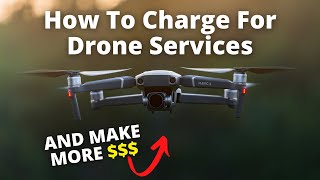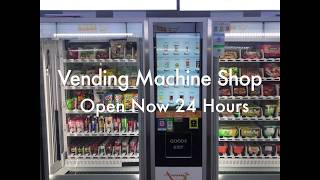The Internet of Things (IoT) has merged digital and physical in an unprecedented way. As a result, the evolution of the CXO continues to drive the need for greater visibility into connected systems and processes. To achieve this, organizations are increasingly looking to embrace IoT as a way to streamline operations and reduce costs while improving customer service. Today’s enterprise IT departments struggle to keep up with the fast-paced pace of change in the data economy. But that doesn’t mean that transformation efforts must stop at corporate headquarters! The adoption of IoT technologies by your company’s vendors and partners means that you need to stay ahead of the curve to ensure that your organization is equipped with the right tools and insights at all times. In this article, we discuss what Smart Cities are, different types of Smart Cities, security considerations when implementing Smart Cities software, and best practices for integrating IoT into your organization’s operational processes.
Types of Smart Cities
There are three distinct types of Smart City technology: An Enterprise-class IoT solution can help you reach a whole host of benefits, including increased operational efficiency through real-time visibility, optimization, and process control. Currently, the most popular type of Smart City is the “ Blockchain-based ” ecosystem. However, there are many others that use various types of IoT to implement various government and corporate plans.
Security considerations when implementing Smart Cities software
When creating a Smart City solution, you need to consider the security of your data. You can’t have 250 devices on the network that don’t know who they are communicating with. This means that each device in your network (and each app that your company uses) needs to be carefully considered. It’s also important to consider the security of the people who maintain and use the devices. If someone is able to gain access to your network through a hacked device, they could also potentially gain access to your data.
Best practices for integrating IoT into your organization’s operational processes
To make the most of the potential benefits of IoT, you need to consider how it can help your business. Here are a few ways that IoT can help your organization: Real-time Business Activity Monitoring: IoT devices can be used to collect sensors that monitor business activity 24/7/365. These can be used to create a dashboard that shows you how your business is performing and how you can improve. This dashboard is useful both for business leaders and everyday employees. Real-time Data Analytics: IoT devices can be used to collect data and give you insight into what is happening within your organization. Data like the weather, traffic, inventory, and more can be used to let your employees and customers know what to expect at their destinations. This usage of IoT also lets you identify what is causing issues and bottlenecks in your supply chain. Implementing a Smart City also means that you need to think about how to integrate IoT into your existing operational processes. There are a number of ways to do this: Operations Management : In this scenario, you use IoT to collect data and provide insight into how your company is performing. This can help you optimize your workflow and increase efficiency. The data is then sent to an operations management software that can help you understand how your business is performing at a more individual level. Scheduling : In this scenario, you use IoT to help with scheduling. You can use the data to help you predict weather delays and give your customers information about how long their journey will take. This helps your business stay more accurate with their schedules. Communication & Interfaces : In this scenario, you use IoT to help with communication. This could include communication with employees, clients, or other third-party vendors. This could also be used to help with interfaces that allow the collection of data from a variety of systems such as a mobile device, laptop, or web application.
Conclusion
Businesses are using IoT technology to generate data and provide insights, but they aren’t doing so alone. When creating a Smart City solution, you need to consider the security of your data, the people who maintain and use the devices, and the communication and interfaces between devices. With these factors in mind, you can create a successful IoT strategy.




